La segunda gran atracción de Lourdes es su castillo que aunque estuviera vacío sería siempre una dicha de visitar pero ha sido acondicionado para albergar varias exposiciones. La fortaleza estaba ocupada por musulmanes hasta que Carlomagno la recuperó en 778, logrando que el jefe de los invasores se convirtiera al cristianismo. Con el tiempo fue residencia del conde de Bigorre en el siglo XI, pasa a ser propiedad de la realeza en 1590, sirvió como prisión en los siglos XVII y XVIII y desde 1921 es un museo de la cultura de los Pirineos.
El museo de los Pirineos trata de mostrar cómo era la vida rural de la región en el pasado a partir de la reconstrucción de espacios interiores de casas, de la exhibición de mobiliario, herramientas y vestimentas típicas. Los maniquís lo hacen ver un poco como el diorama del museo de Stars Hollow en “Gilmore Girls” pero te hace imaginarte cómo ha de haber sido vivir en las montañas antes de la invención del Facebook y de los calentadores portátiles: muy difícil.
Una de mis partes favoritas fue una serie de maquetas de granjas, castillos y pueblos de los Pirineos que hizo la señora responsable de que el castillo se convirtiera en museo, entre 1921 y 1960. El castillo tiene también una sala exclusivamente dedicada a la historia de la fortaleza y de la ciudad de Lourdes, además de una sala de exposiciones temporales que en esta ocasión trataba sobre publicidades antiguas de sitios balnearios. Sin dejar de lado su propio cementerio. Un lugar altamente recomendado, especialmente porque es un santuario casi totalmente a salvo de todo el bombardeo religioso del resto del pueblo.
Lourdes’ second main attraction is its castle which even if it was empty it would still be worth visiting, but it has been conditioned to host many exhibitions. The fortress was occupied by Muslims until Charlemagne recovered it in 778, making the invaders’ chief become a Christian. In time it was the residence of the Count of Bigorre in the XIth century; it became royal property in 1590; it served as a prison in the XVIIth and XVIIIth centuries and since 1921 it is a museum of the culture from the Pyrenees.
The Pyrenees’ museum tries to show what rural life was like in this region in the past from the reconstruction of houses’ interior spaces, the exhibition of furniture, tools and typical apparel. The mannequins make it look a little like the diorama in Stars Hollow museum in “Gilmore Girls” but it lets you imagine what living in the mountains before the invention of Facebook and portable heaters must have been like: very difficult.
One of my favorite parts was a series of scale models of farms, castles and villages from the Pyrenees made from 1921 to 1960 by the woman responsible for the castle becoming a museum. The castle also has a room solely devoted to the history of the fortress and to the town of Lourdes. It also has a temporary exhibition room which this time had an exhibit about vintage advertising of beach resorts. Not to mention it has its own cemetery as well. A highly recommended place, especially because it is a haven almost entirely free from the religious bombarding of the rest of the town.
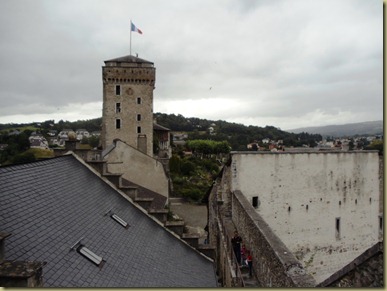
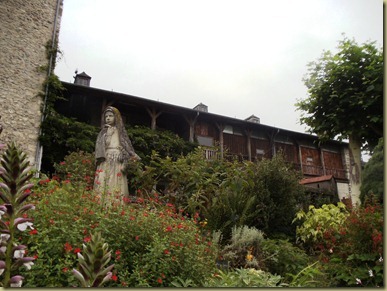
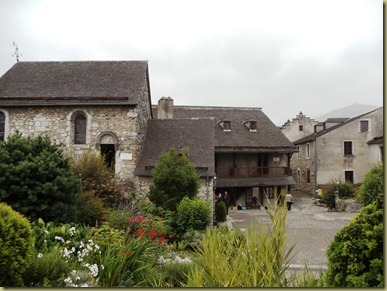
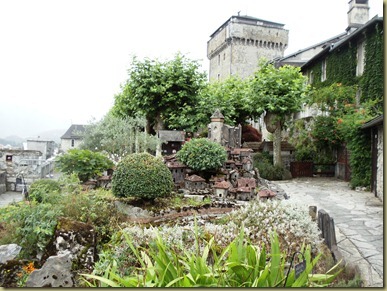

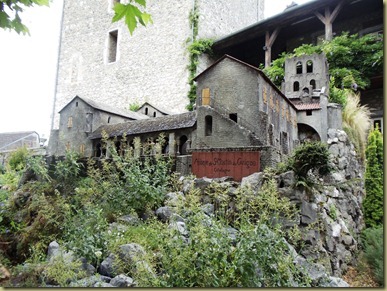
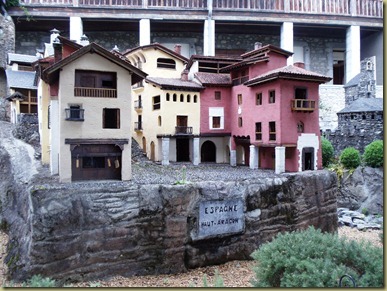

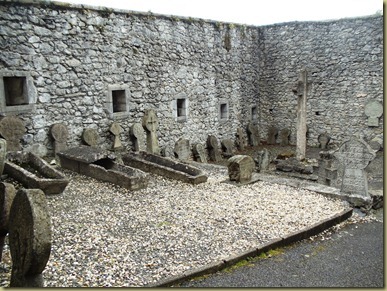
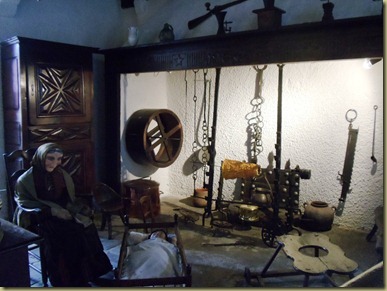
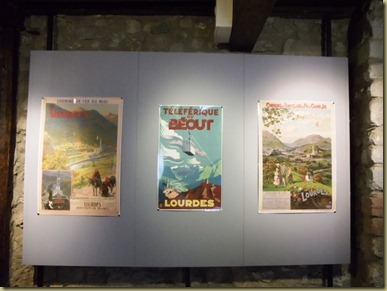
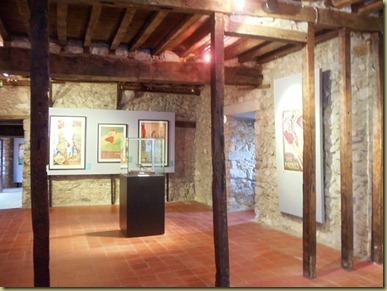
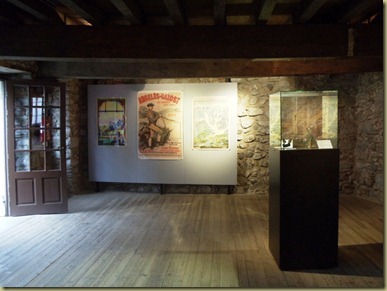
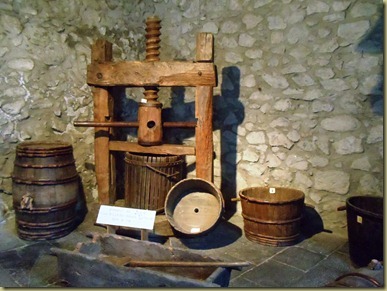
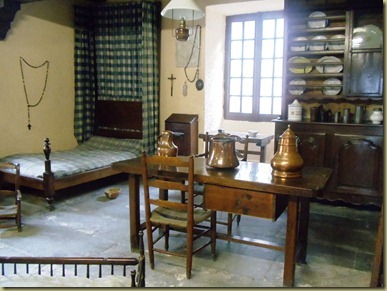
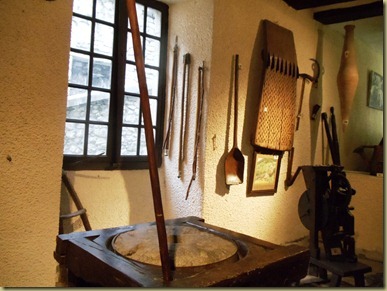
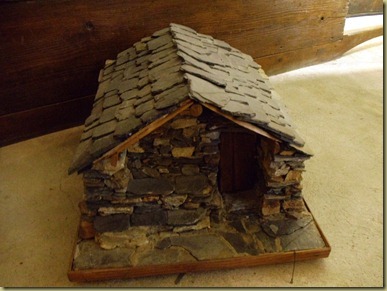
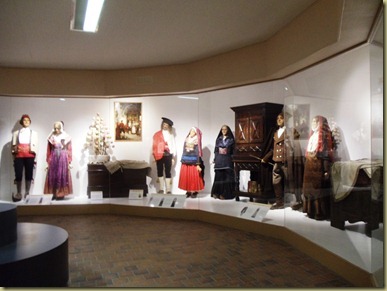

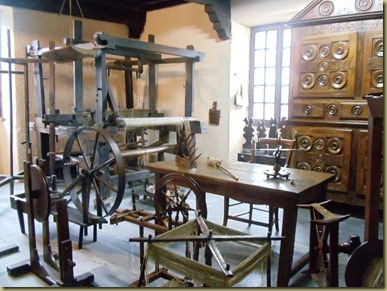
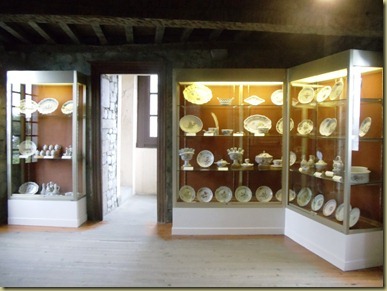
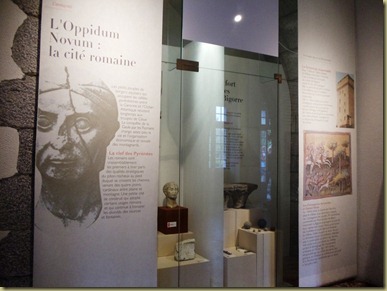
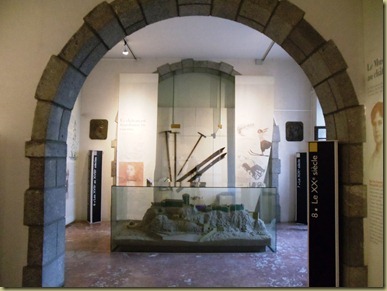
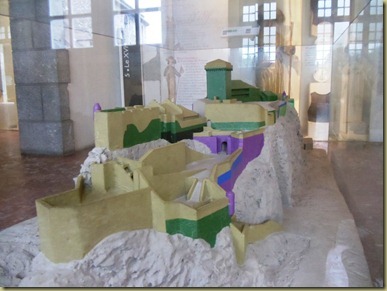
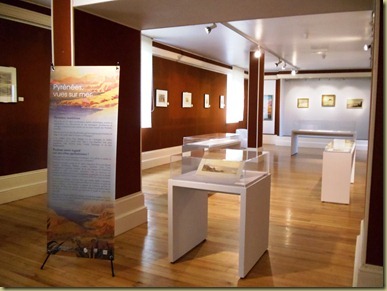
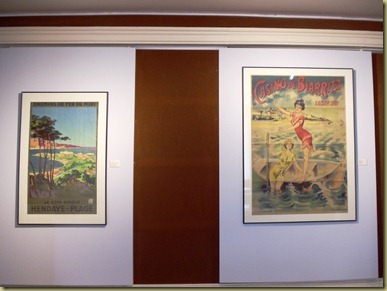

Post a Comment